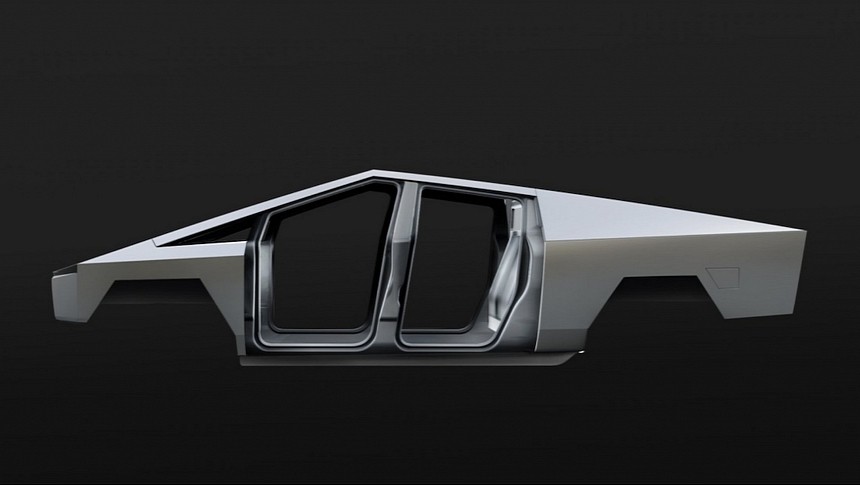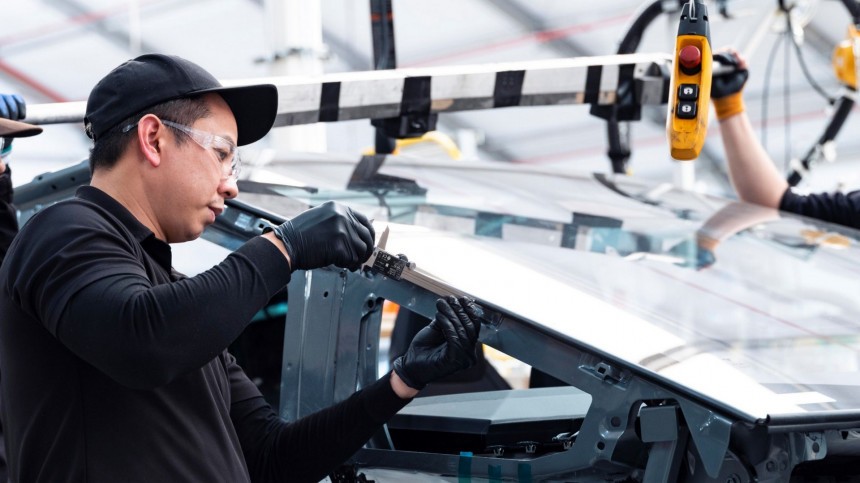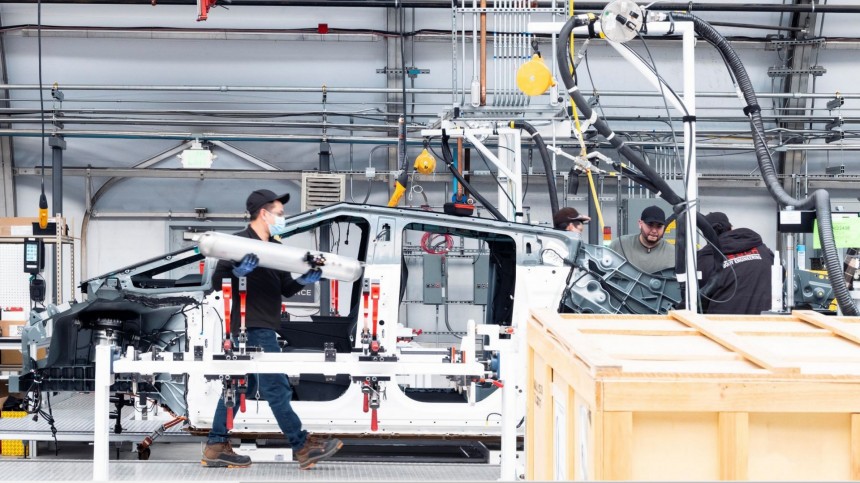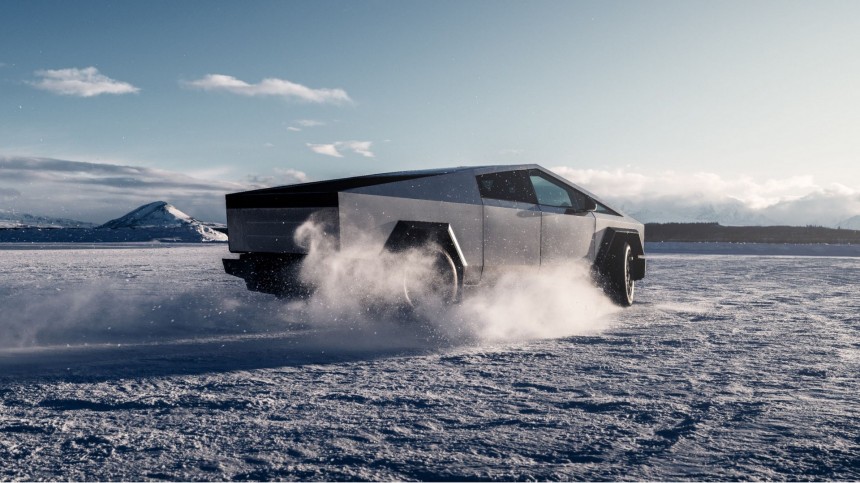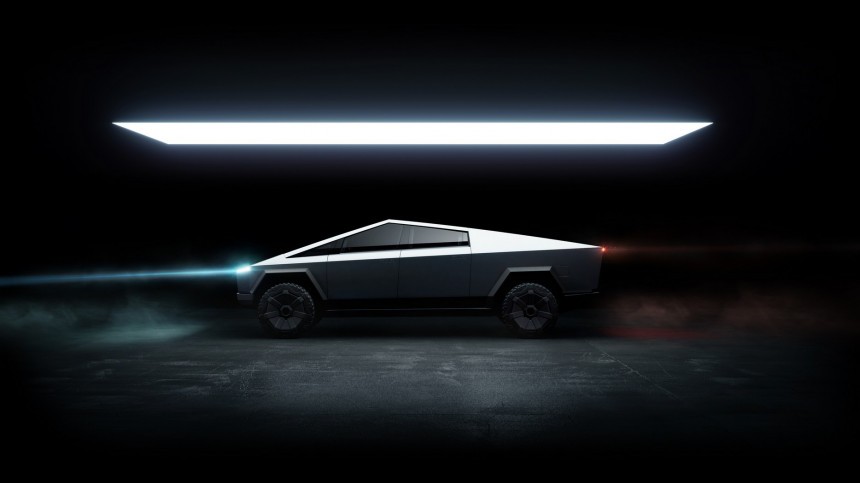On November 21, 2019, the world got to know the Tesla Cybertruck. The electric pickup truck would arrive in 2021 with a stressed-skin structure, an affordable price, and revolutionary 4680 cells. Almost four years later, virtually all that has been already dismissed, but the Tesla Files showed it is even worse: Tesla only had an alpha prototype in 2022, one year after the first deliveries were supposed to begin – and it was full of flaws.
Handelsblatt worked on this story with Wired, probably aware of how little traction the Tesla Files got in the US despite the best efforts of several people – myself included. A German newspaper breaking the news is not the main factor: it probably has to do with the fact that people do not care about personal information data leaks – at least until it is their own data involved. As the new Tesla Files story shows, it has to do with way more than that.
The documents leaked by whistleblowers reveal that the alpha prototype for the Cybertruck had several issues with "suspension, body sealing, noise levels, handling, and braking." Nothing that current Tesla owners don't already face, but at a larger scale. The document compared computer-aided design (CAD) simulations and internal benchmarks – which are not that high, considering the cars Tesla delivers to its customers – with what the prototype tests revealed. The results were alarming.
It is standard in the automotive industry that the real-deal tests will be really close to what these computer simulations show. It was not the case with the Cybertruck: the elements mentioned above were off – starting with body sealing. As is evident with any prototype, it was made by workers, not robots. Yet, there were "a number of areas" in the body that lacked "a clear path to sealing."
In other words, the engineers had no idea how to prevent water and noise from invading the cabin and other compartments. That also has an effect on climate control: hot air will escape on cold days, and it will also be more difficult and energy-consuming to keep the cabin cool on hot days. The document said the engineers had identified 21 potential noise-leak areas. It also admitted that such issues are not new to Tesla after having "struggled to seal bodies for optimal NVH performance in the past." Indeed. For the engineers with the Cybertruck's alpha prototype, its design "presents new challenges."
Would they be talking about the alleged exoskeleton construction Tesla's electric pickup truck would have? Cory Steuben said the Cybertruck is just a unibody vehicle based on pictures the EV maker itself disclosed. Musk denied that was the case and said the Cybertruck uses a stressed-skin body. We'll only know for sure when one of them is delivered and torn down, but Tesla engineers gave another element that may confirm what the BEV maker's CEO said.
The electric pickup truck also had issues with handling, suspension, and brakes. That all can be affected by how stiff the body is. Wired did not clarify if Cybertruck's body stiffness is too high or too small: it only said it was way off the targets for it. That either has to do with the stressed-skin construction or with the challenges of building a pickup truck – quite a different animal than a sedan or an SUV. Fixing issues with body stiffness is both difficult and expensive. Theoretically, the computer models should have anticipated them. Specialists also consider the brake problems pretty concerning and hard to repair.
While Tesla expected the prototype to have a 7 on the Society of Automotive Engineers (SAE) braking rating scale, it got only a 4. That's not surprising when it presents power braking instability and issues with braking while turning. The handling problems include too much body roll, steering that needs refinement, "excessive lateral jerk," and "structural shake," among others.
The document also includes an interesting part about kinematics and compliance (K&C) testing, developed to evaluate a vehicle's ride and handling and define the ideal suspension parameters, such as camber and toe. The Cybertruck demonstrated a "significant gap to targets." In fact, the engineers said the front suspension would have to be redesigned to fix some of the issues it presented. One of them was "too high camber gain," which contributes to significant tire wear and alignment changes depending on the ride height. As the Cybertruck is supposed to have air dampers and variable ground clearance, that is a massive problem. Current Tesla owners already complain about both things. The report had a column for the issues and one for the suggested corrections. The engineers just wrote there: "Possibly none."
Our German readers should check the new Handelsblatt story, while all the others may have a look at Wired. Both publications talked to relevant automotive specialists to understand all the implications the document brought up. I'll explore the most fundamental one in a future text: why a car that should have been delivered in 2021 was still on alpha prototypes in 2022? We'll talk about that pretty soon.
The documents leaked by whistleblowers reveal that the alpha prototype for the Cybertruck had several issues with "suspension, body sealing, noise levels, handling, and braking." Nothing that current Tesla owners don't already face, but at a larger scale. The document compared computer-aided design (CAD) simulations and internal benchmarks – which are not that high, considering the cars Tesla delivers to its customers – with what the prototype tests revealed. The results were alarming.
In other words, the engineers had no idea how to prevent water and noise from invading the cabin and other compartments. That also has an effect on climate control: hot air will escape on cold days, and it will also be more difficult and energy-consuming to keep the cabin cool on hot days. The document said the engineers had identified 21 potential noise-leak areas. It also admitted that such issues are not new to Tesla after having "struggled to seal bodies for optimal NVH performance in the past." Indeed. For the engineers with the Cybertruck's alpha prototype, its design "presents new challenges."
The electric pickup truck also had issues with handling, suspension, and brakes. That all can be affected by how stiff the body is. Wired did not clarify if Cybertruck's body stiffness is too high or too small: it only said it was way off the targets for it. That either has to do with the stressed-skin construction or with the challenges of building a pickup truck – quite a different animal than a sedan or an SUV. Fixing issues with body stiffness is both difficult and expensive. Theoretically, the computer models should have anticipated them. Specialists also consider the brake problems pretty concerning and hard to repair.
The document also includes an interesting part about kinematics and compliance (K&C) testing, developed to evaluate a vehicle's ride and handling and define the ideal suspension parameters, such as camber and toe. The Cybertruck demonstrated a "significant gap to targets." In fact, the engineers said the front suspension would have to be redesigned to fix some of the issues it presented. One of them was "too high camber gain," which contributes to significant tire wear and alignment changes depending on the ride height. As the Cybertruck is supposed to have air dampers and variable ground clearance, that is a massive problem. Current Tesla owners already complain about both things. The report had a column for the issues and one for the suggested corrections. The engineers just wrote there: "Possibly none."
